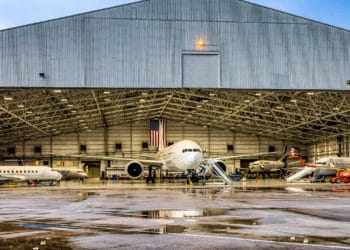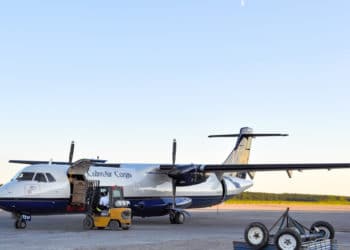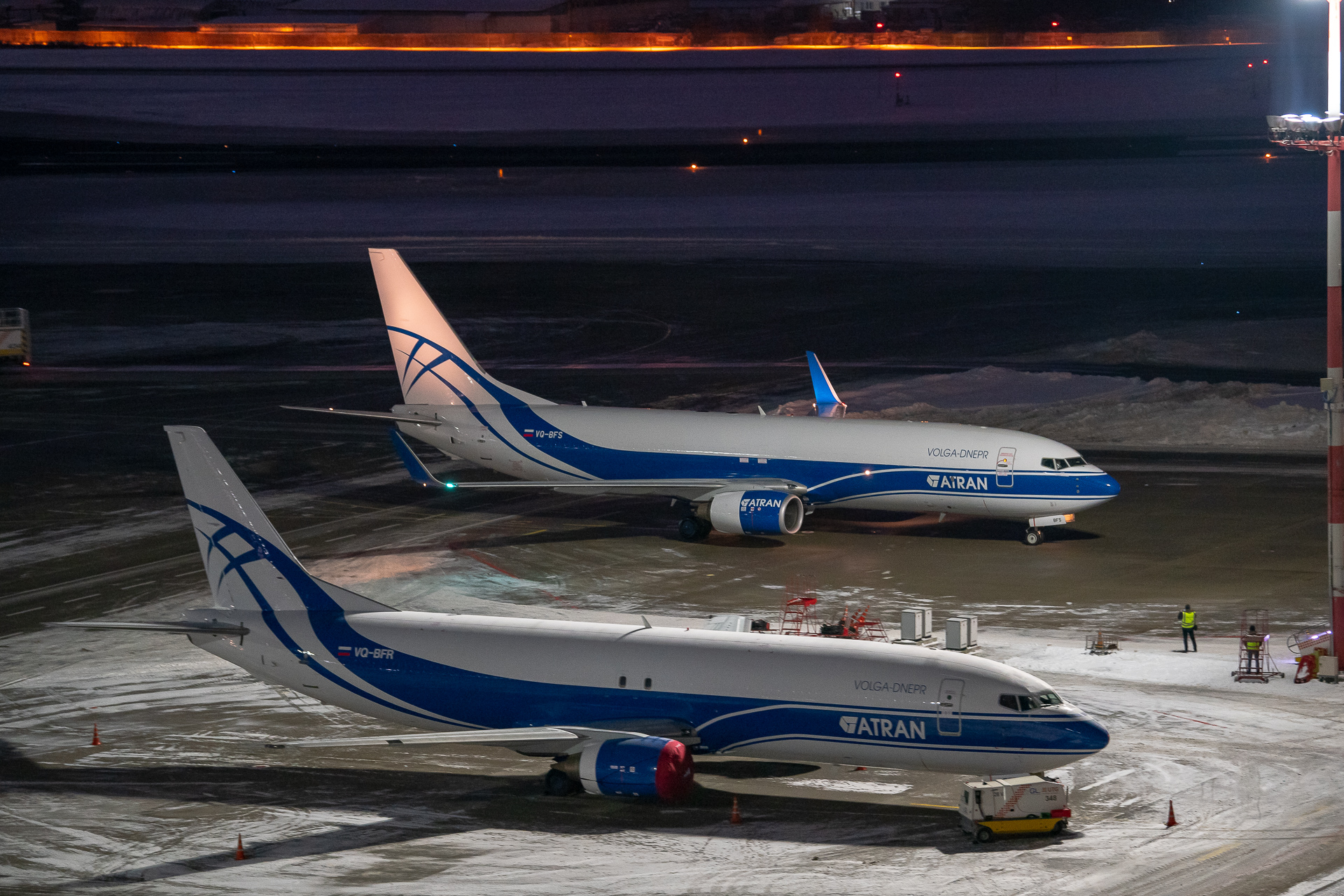No products in the cart.
Part 107 and the future of drone pizza deliveries
Days could be numbered for the pizza delivery guy with newly-released unmanned aircraft systems (UAS) regulations from the U.S. Federal Aviation Administration (FAA). ‘Part 107,’ as the first set of rules governing small commercial drones is known, will surely spur previously forbidden experimental UAS activities across a wide-range of industries and applications. Still however, the regulations are restrictive enough to prevent companies from replacing their entire delivery crews tomorrow, and thus couriers will likely have job security for at least a few more years.
 We begin with, a quick overview of the UAS requirements included in part 107. The guidelines as published may be found on the FAA’s website, here.
We begin with, a quick overview of the UAS requirements included in part 107. The guidelines as published may be found on the FAA’s website, here.
In summary, commercial drones must:
- weigh less than 25kg
- remain in the pilot’s line-of-sight or in the sight of a separate visual observer (without corrective lenses)
- fly below an altitude of 400 feet
- fly no faster than at a speed of 100 miles per hour
- only be operated during daytime, and up to 30 minutes before sunrise and after sunset
- not be operated from a moving aircraft/vehicle unless it is over a sparsely populated area
Pilots meanwhile, must:
- Be at least 16 years of age
- Receive security clearance from the Transportation Security Administration (TSA)
- hold a remote pilot air man certificate with a UAS rating, or be under the supervision of somebody who does
- Such a certificate is granted by either:
- Passing an initial aeronautical knowledge test at an FAA-approved knowledge testing center; or
- Holding a part 61 pilot certificate and completing a small UAS online training course provided by the FAA.
- Such a certificate is granted by either:
The biggest change in Part 107 is in how the FAA handles exemptions. Previously commercial drone operators had to submit an exemption request for any type of operations. Such exemptions were handled manually, and in many cases took months to process. This often meant that drone operators like Flirtey or Amazon would find their proposed UAS models already outdated by the time an exemption was received, meaning another exemption would be needed. Many companies chose to navigate this issue by simply moving their UAS test operations out of the U.S. completely, to countries like Australia and New Zealand with more relaxed regulations. This tendency will likely be reduced under Part 107 because now exemptions are only required for operations which fall outside the defined parameters of permitted operations (e.g., flying above 400 feet, or during the night).
Meanwhile, obstacles still remain in preventing package drone deliveries from taking-off (or touching down), the most significant of which being line-of-sight and population density restrictions. While many companies yearn to dispatch fully-automated drones from a centrally-located distribution hub, or command center, pilots are not permitted to let drones out of their sights. As for operating UAS flights over densely-populated areas, new regulations are expected from the FAA in December.
And now for a cool video of Amazon’s Prime Air drone making a fully automated delivery:
If you would like to learn more about the impact of e-commerce on the air freight and express industry, join us at the Cargo Facts Symposium in Miami, 10 – 12 October, where we will devote a session to just this subject. To register, or for more information, go to CargoFactsSymposium.com.




